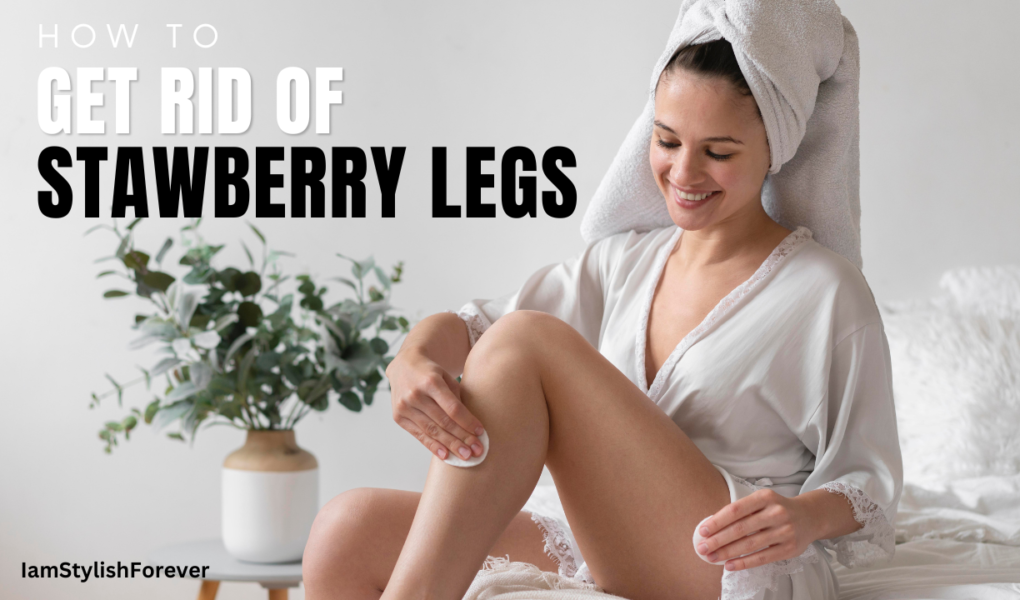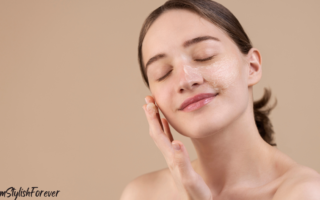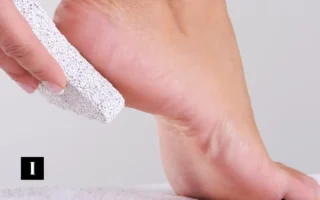Do you ever notice those small, dark spots on your legs after shaving? They can resemble the seeds on a strawberry, hence the name “strawberry legs.” These spots are more noticeable on some skin types than others and can be a cause of concern for many people. In this article, we’ll delve deeper into the causes, symptoms, treatment options, outlook, and prevention methods for strawberry legs.
Causes of Strawberry Legs
Strawberry legs can be caused by several factors, and it’s essential to understand them to effectively tackle the issue.
- Improper Shaving: Using old or dull razors, not using shaving cream, or shaving improperly can lead to razor burn and ingrown hairs, resulting in those pesky dark spots.
- Clogged Pores: Our skin contains numerous pores, and they can get clogged with bacteria, dead skin, and debris. When the oil inside these clogged pores is exposed to air, it oxidizes and turns black, creating the appearance of strawberry legs.
- Folliculitis: Inflamed or infected hair follicles can occur due to shaving, waxing, or other hair removal methods. Exposure to bacteria, yeast, or fungus can also lead to folliculitis and contribute to strawberry legs.
- Keratosis Pilaris: This common skin condition appears as small bumps on the thighs and upper arms. The bumps are actually accumulations of keratin and dead skin cells, and they can be itchy and dry.
- Extreme Dry Skin: Dry skin can worsen the symptoms of strawberry legs and make other skin conditions more visible. Extremely dry skin is more susceptible to irritation and razor burn, making the appearance of strawberry legs more prominent.
Symptoms of Strawberry Legs
Identifying the symptoms of strawberry legs can help differentiate them from other skin issues.
- Dotted or Pitted Appearance: Strawberry legs appear as small dots or pits on the skin of the legs, resembling the texture of a strawberry’s skin.
- Darkened Pores: The open pores on the legs can darken, creating a speckled or spotty appearance.
- Post-Shaving Dark Spots: After shaving, brown or black dots may become more pronounced on the legs, causing concern.
It’s essential to note that itching, scabbing, inflammation, or irritation may indicate an underlying condition that resembles strawberry legs, so seeking professional advice is recommended.
How To Treat Strawberry Legs?
Home Treatments:
1. Proper Shaving Technique:
- Use a moisturizing shaving cream or gel to protect your skin while shaving.
- Shave in the direction of hair growth to reduce irritation and ingrown hairs.
- Avoid using old or dull razors, and replace them regularly.
- Rinse your razor frequently while shaving to prevent clogging.
2. Exfoliation:
- Regularly exfoliate your legs to remove dead skin cells and unclog pores.
- Use a gentle exfoliating scrub or an over-the-counter product containing salicylic acid or glycolic acid.
- Avoid over-exfoliation, as it can irritate the skin.
3. Moisturization:
- Keep your skin well-hydrated by applying a moisturizer daily.
- Choose a moisturizer that suits your skin type and is free of harsh chemicals or fragrances.
- Consider using products with shea butter, ceramides, or hyaluronic acid to nourish your skin.
4. Topical Treatments:
- Apply topical creams or lotions that contain ingredients like lactic acid, which can help to exfoliate the skin and improve its texture.
- Products containing retinoids can also help with cell turnover and reduce the appearance of dark spots.
5. Avoid Irritants:
- Avoid using harsh soaps or cleansers that can strip your skin of natural oils.
- Opt for gentle body washes or cleansers suitable for sensitive skin.
Professional Treatments:
1. Electrolysis:
- This technique uses low levels of electricity to remove hair follicles, preventing ingrown hairs and the recurrence of strawberry legs.
- It is a precise and long-lasting solution for hair removal.
2. Laser Therapy:
- Laser hair removal is another popular option for addressing strawberry legs.
- This treatment involves using high-intensity light to target hair follicles, leading to permanent hair reduction.
- Multiple laser sessions may be required to achieve the desired results, but it can effectively treat large areas of skin and target multiple follicles simultaneously.
3. Prescription Therapies:
- For cases of strawberry legs associated with folliculitis, doctors may recommend prescription therapies.
- This can include oral antibiotics, topical antibiotic creams or gels, and antifungal treatments, depending on the cause of the folliculitis.
- These medications help to treat the infected hair follicles and reduce inflammation, ultimately improving the appearance of strawberry legs.
How To Prevent Strawberry Legs?
Preventing strawberry legs involves adopting proper shaving techniques, regular exfoliation, using quality razors and shaving cream, and keeping the skin well-moisturized. Other methods, such as waxing, laser hair removal, and body icing, can also help prevent and treat strawberry legs effectively.
Conclusion:
Strawberry legs can be a common and frustrating issue, but understanding the causes and following preventive measures can go a long way in managing and preventing them. A combination of proper shaving techniques, regular exfoliation, and moisturizing can help you achieve smooth and healthy-looking legs. If the problem persists or worsens, it is advisable to seek professional medical advice for appropriate treatment and further guidance. Remember, knowledge and care are the keys to bidding farewell to those pesky strawberry legs!
Also Read: Know How to Get Rid of Dry Skin on Face At Home!
Frequently Asked Questions:
1. Does waxing help with strawberry legs?
A: Yes, waxing can help with strawberry legs. Unlike shaving, which cuts hair at the skin’s surface, waxing removes hair from the root, reducing the likelihood of ingrown hairs and clogged pores. Regular waxing can lead to softer, thinner hair growth, minimizing the appearance of dark spots on the legs.
2. How do you get strawberry legs?
A: Strawberry legs can occur due to various reasons. The condition is characterized by dark spots or black dots on the skin, resembling the seeds on a strawberry. It can be caused by shaving improperly, leading to razor burn, ingrown hairs, and enlarged pores. Clogged pores, folliculitis, dry skin, and keratosis pilaris are other factors that contribute to the appearance of strawberry legs.
3. How to hide strawberry legs?
A: To hide strawberry legs, you can try various approaches. Use a self-tanner or body makeup to even out skin tone and reduce the appearance of dark spots. Wearing clothing that covers the affected areas, such as long pants or skirts, can also help.
4. How long does it take to get rid of strawberry legs?
A: The time taken to get rid of strawberry legs can vary depending on the individual and the severity of the condition. With consistent home treatments such as proper shaving techniques, exfoliation, and moisturizing, improvement can be seen in a few weeks to a couple of months. However, for some people with more persistent cases, professional treatments like laser therapy or electrolysis may be required for long-term relief, and results may take several sessions to achieve.




Wow that was strange. I just wrote an incredibly long comment but after I clicked submit my comment didn’t show up. Grrrr… well I’m not writing all that over again. Regardless, just wanted to say wonderful blog!
thank you 🙂